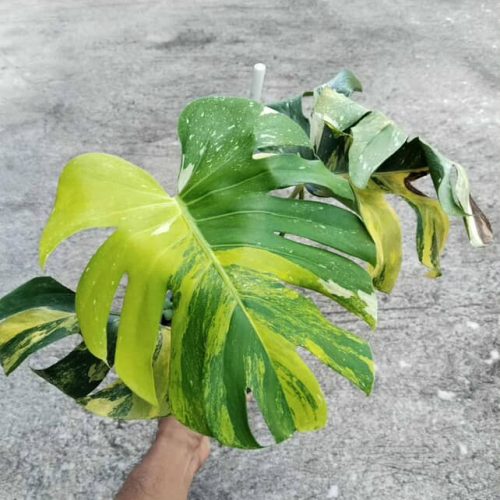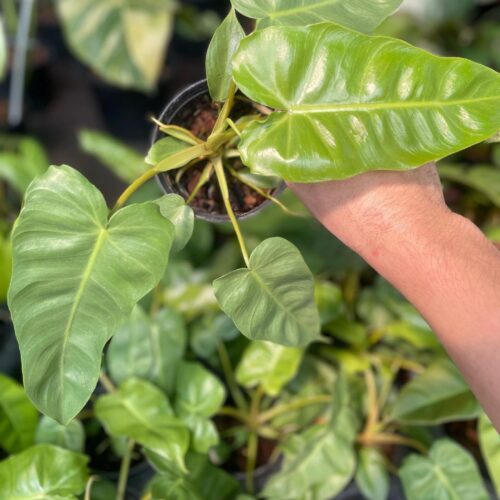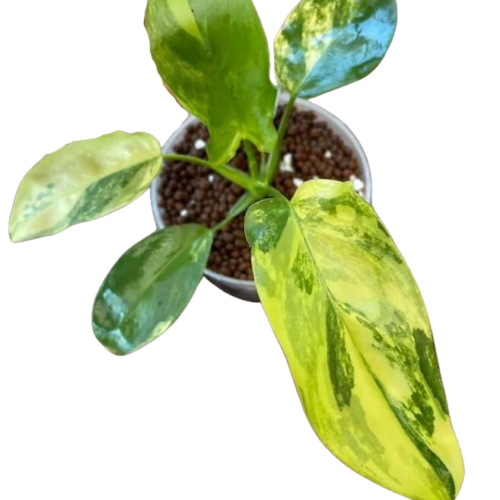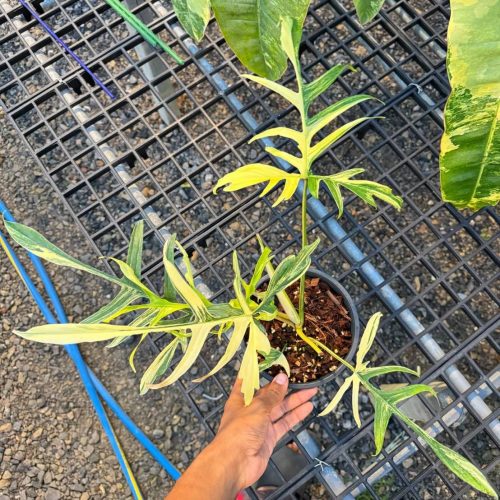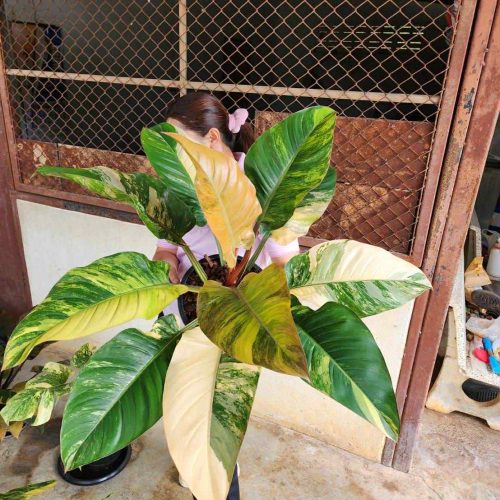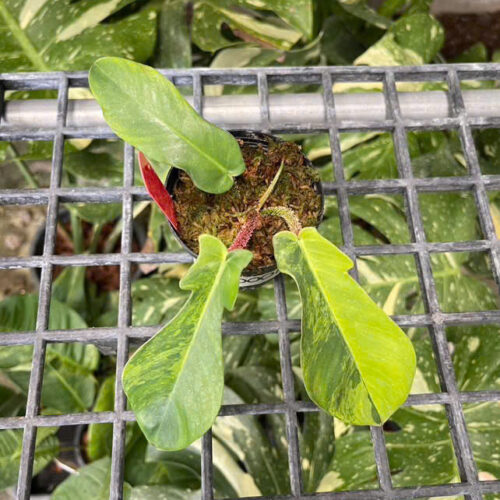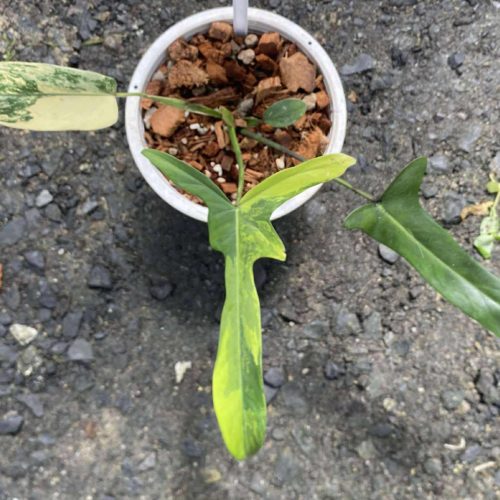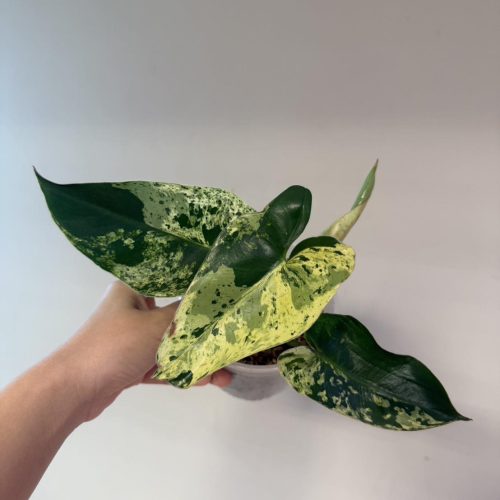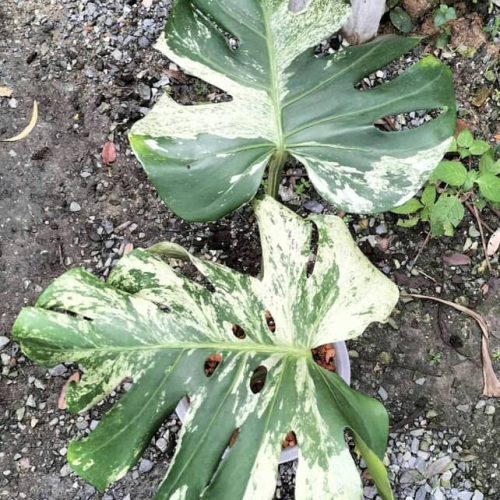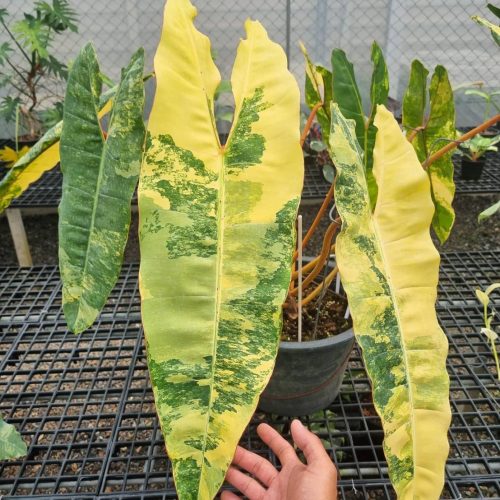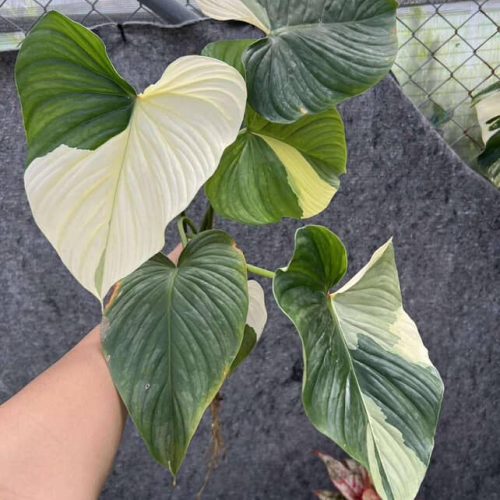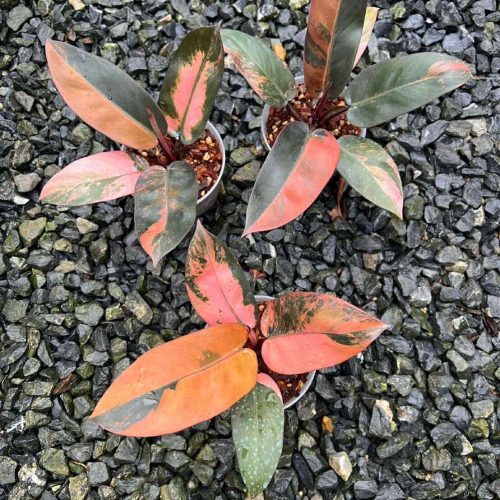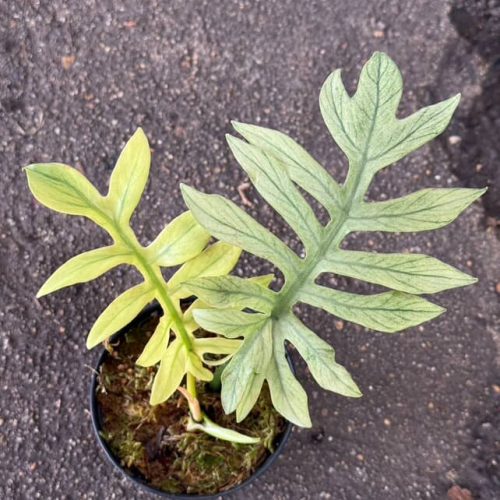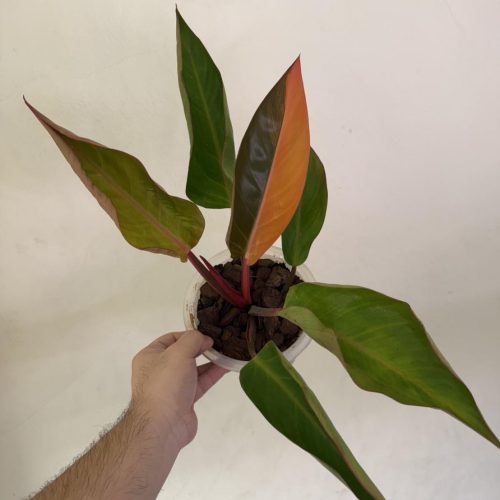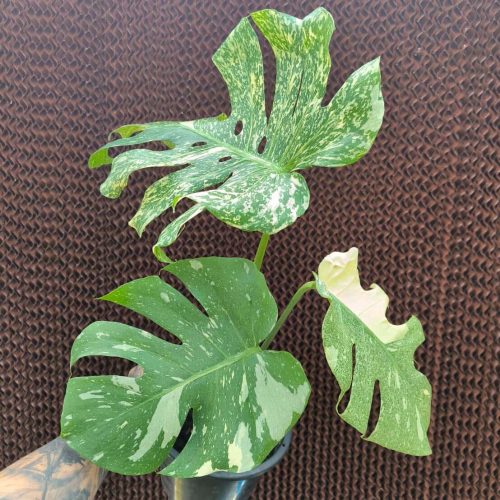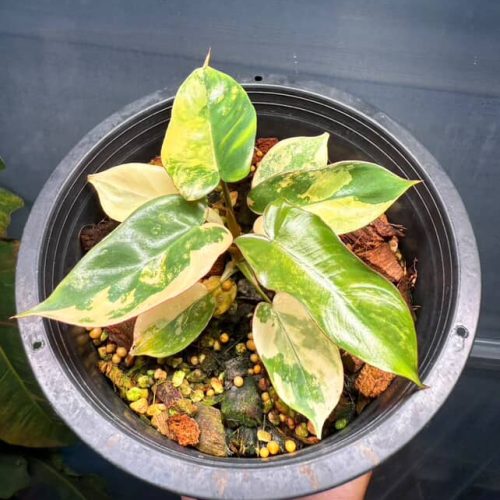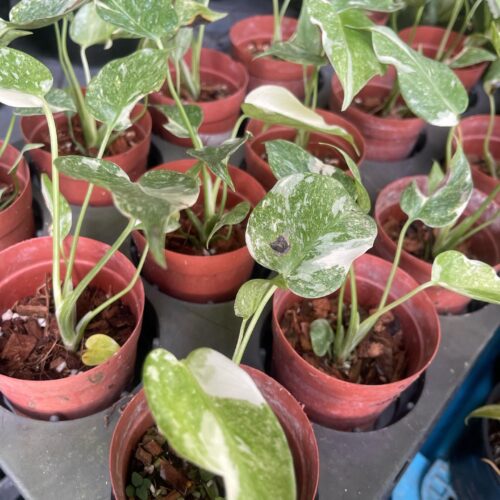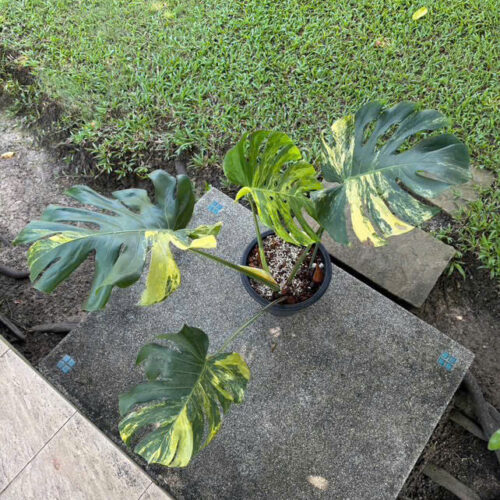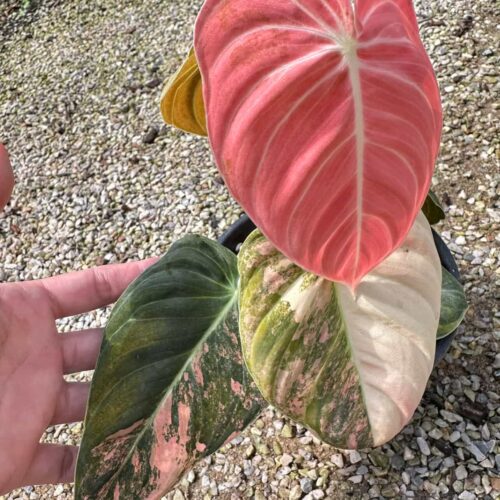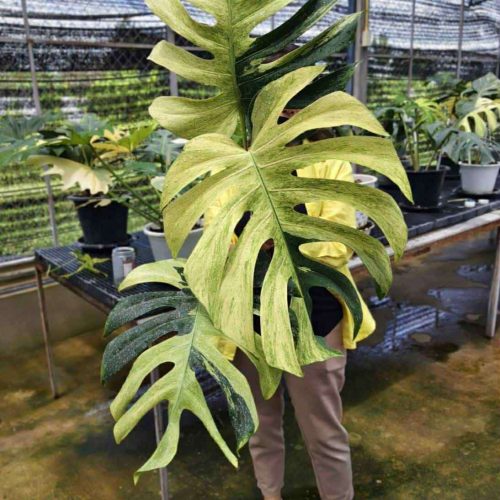Araceae plants, also known as aroid plants, are a diverse group of houseplants that include popular varieties like Philodendron, Monstera, Anthurium, and Aglaonema. Known for their striking foliage and unique growth habits, these plants can thrive indoors with the right care. This guide will provide you with essential tips and techniques to boost the growth of your Araceae plants.
Understanding Araceae Growth Requirements
To successfully grow Araceae plants, it is crucial to understand their specific needs. These plants generally prefer warm temperatures, high humidity, and bright, indirect light. Providing the right environment can significantly impact their growth and overall health.

Selecting the Right Fertilizer
Water-Soluble or Slow-Release
Aroids tend to grow well with either water-soluble or slow-release fertilizers. Water-soluble fertilizers dissolve quickly in water and the nutrients are immediately available for the plant’s roots to absorb. This allows for precise control over nutrient levels. Slow-release fertilizers have coatings that break down gradually over time to release nutrients, providing a longer-lasting feed. They are convenient as fewer applications are needed.
Balanced NPK Ratios
Araceae plants need a balance of essential macronutrients – nitrogen (N) for lush foliage growth, phosphorus (P) for root and flower development, and potassium (K) for overall plant health. Look for fertilizers with an NPK ratio around 3-1-2 or 2-1-2 during the active growing period, and lower ratios during dormancy. For example, Miracle-Gro Indoor Plant Food has 6-12-6 NPK for houseplants.
Micronutrients
Micronutrients like magnesium, iron, manganese, zinc, boron, and copper in small quantities are also beneficial to supplement in a fertilizer regimen a few times per year. They aid various enzyme and chlorophyll functions. Consider alternating feedings with all-purpose fertilizer and one for fruits/flowers that contains more P and K.
Feeding Recommendations
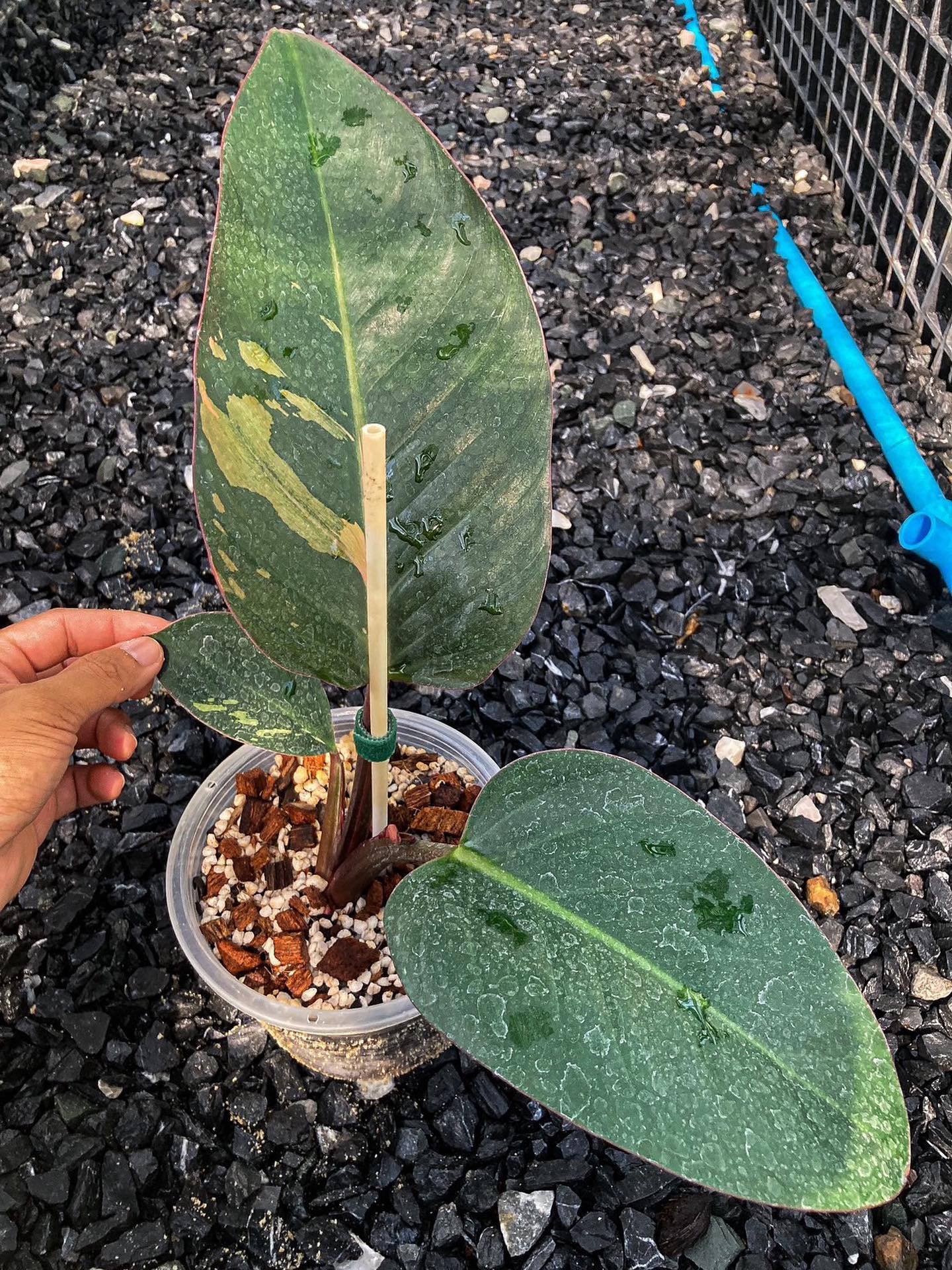
List of the most sought after rare aroids in 2023
Frequency and Concentration
Feed aroids every 2-4 weeks during spring through fall when plants are actively growing. It’s best to fertilize lightly but frequently, rather than heavy applications spaced far apart. Always dilute fertilizers to half or quarter strength recommendations to avoid buildup and burning tender roots. Rinse salts off foliage after feeding. Reduce feeding frequency to monthly or bi-monthly in winter when growth naturally slows.
Soil, Potting Mixes, and Water Quality
The soil or potting mix foundation and irrigation water quality affect how plants can access nutrients. Well-aerated, loose potting mixes are preferable over dense soil that suffocates roots. Hard tap water can interfere with micronutrient uptake. Consider collecting and using distilled water or leaving tap water out overnight before applying fertilizer solutions.
Stage of Growth
Younger, actively growing aroids need consistent feeding, while mature plants with slower growth require less. Fertilize at full strength after blooming or dividing/repotting plants to replenish depleted nutrients. Adapt fertilizer choice and dosage based on if the plant is focused more on root, leaf, or flower production at that point in its growth.
Organic Alternatives
Compost Teas
Compost teas provide nourishing organic matter and beneficial microbes without inorganic salts. Steep high quality compost in dechlorinated water for 1-2 weeks, strain, and apply the concentrated “tea” every few weeks when watering plants. This adds trace elements and stimulates soil biology to break down nutrients on site.
Worm Castings
As a gentle, low burning alternative, worm castings (vermicompost) contain available micronutrients that plants can take up directly via watering. Mix 1-2 cups per gallon into existing aroid potting mix. Top dress additional castings or compost around plants every 2-3 months. Castings boost natural defense mechanisms in plants against diseases.
Special Cases
Seedlings/Cuttings
Use very dilute (quarter strength), complete balanced fertilizers more frequently on seedlings and new cuttings focusing energy on establishing roots and foliage vs flowers. Avoid high nitrogen-only formulas that can inhibit root growth. Rinse leaves after applying to prevent burn on delicate new tissue. Gradually increase dosage as mature leaves emerge.
Stress, Pests, and Deficiencies
Scale back or pause fertilizing if an aroid plant is stressed by root shock from repotting, heat waves, or drought. Resume normal feeding once issue is resolved. Identify and address pest infestations or symptoming foliar nutrient deficiencies before they worsen. Seek plant-safe remedies tailored to the specific problem at hand. Remove dead/dying tissue and sterilize tools.
Araceae species are the most sought after by aroid plant lovers
Conclusion
Following these best practices for fertilizing houseplants in the Araceae family can help provide the essential macronutrients and micronutrients they need. Pay attention to each plant’s growth patterns and adapt your feeding schedule and formulations accordingly. A balanced fertilizer approach fuels these stunning tropical plants to thrive indoors.
See more Discover Unique Araceae Traits – Explore Plant Diversity!

